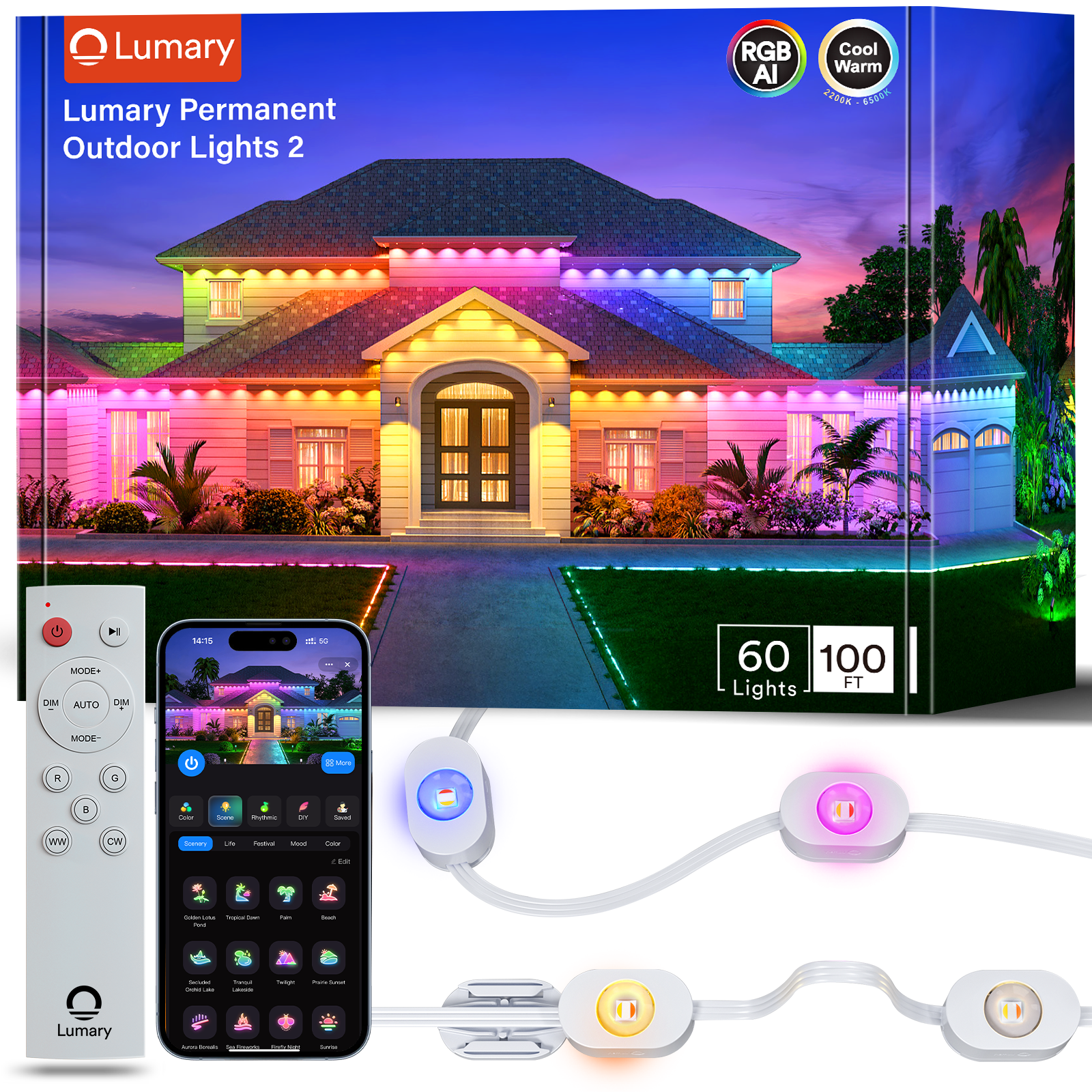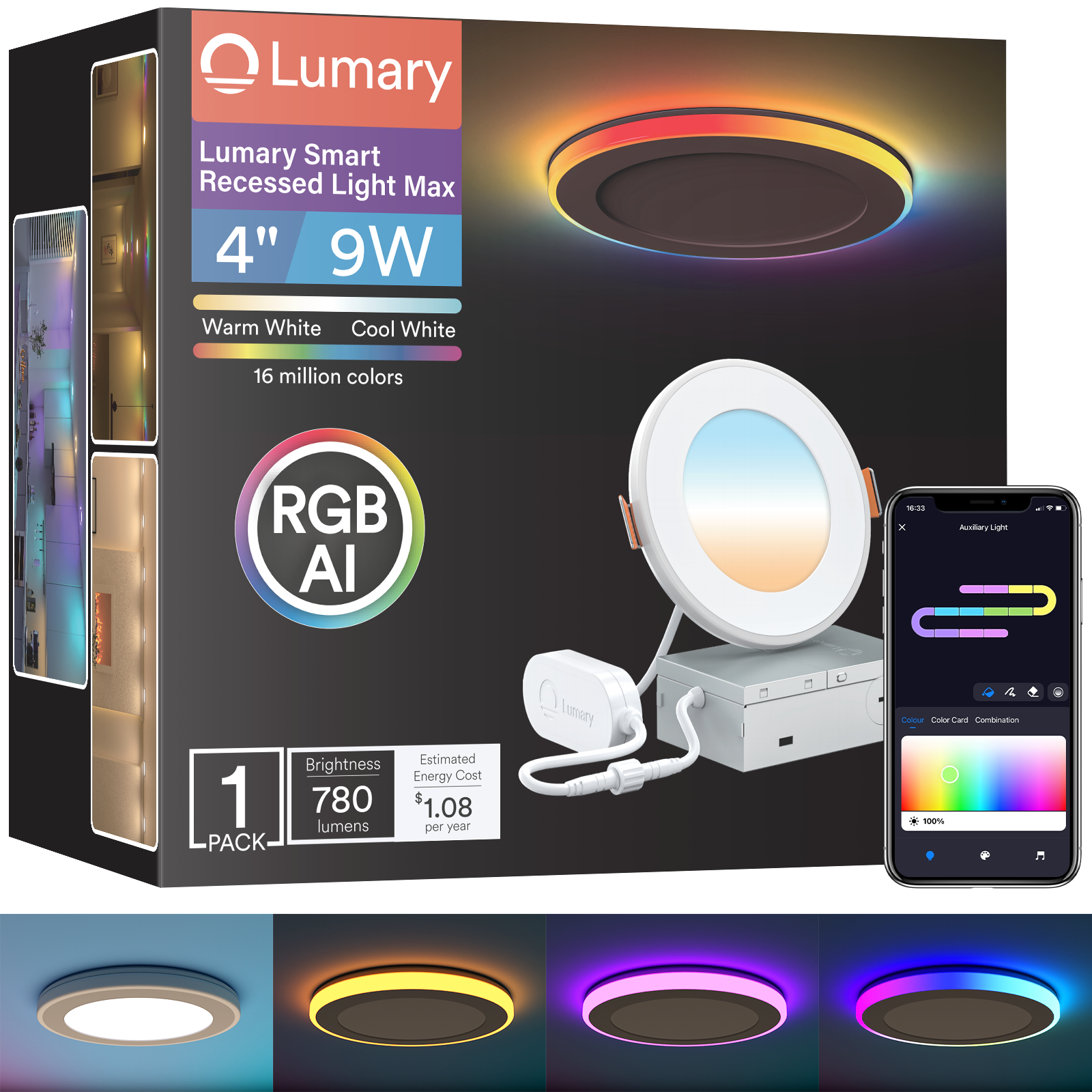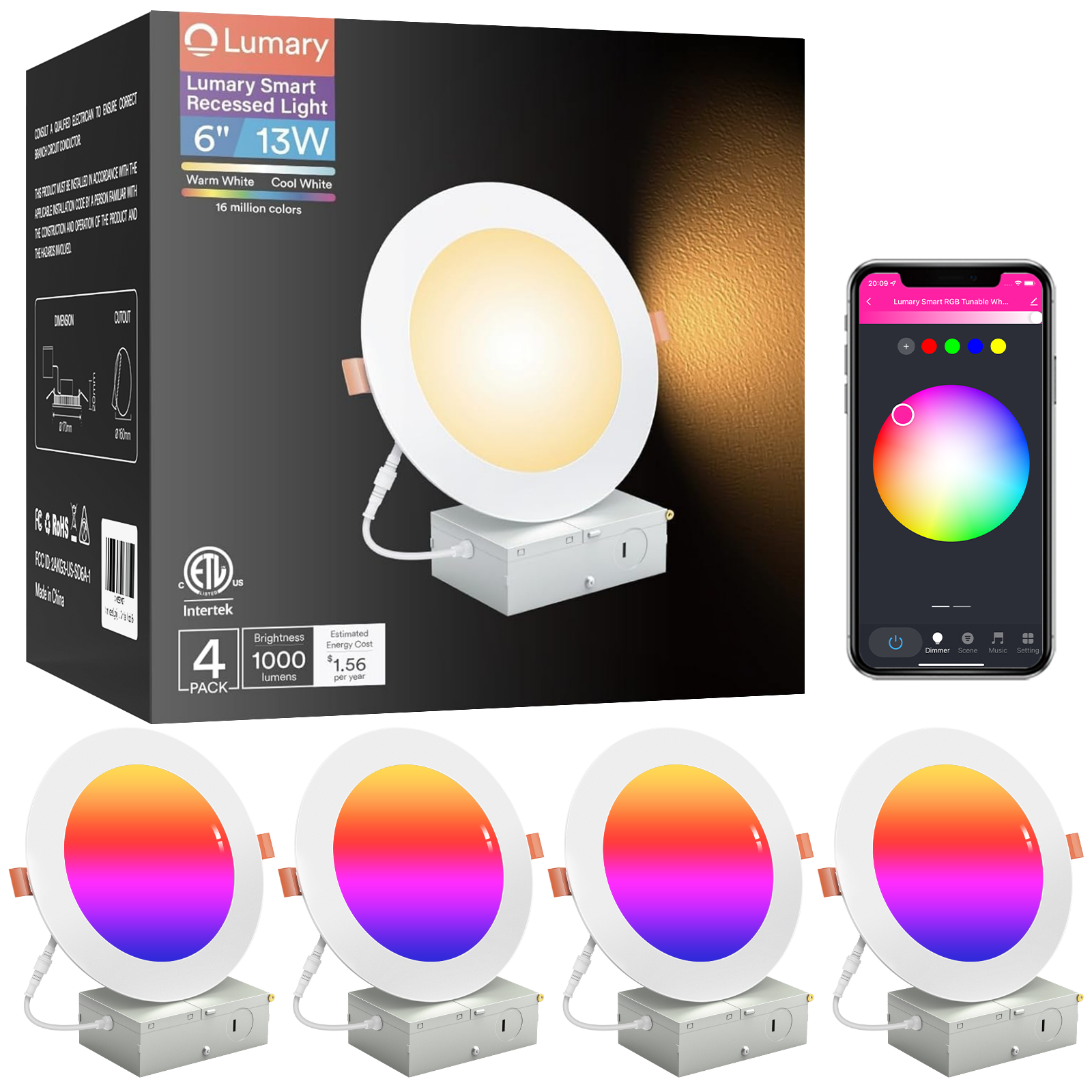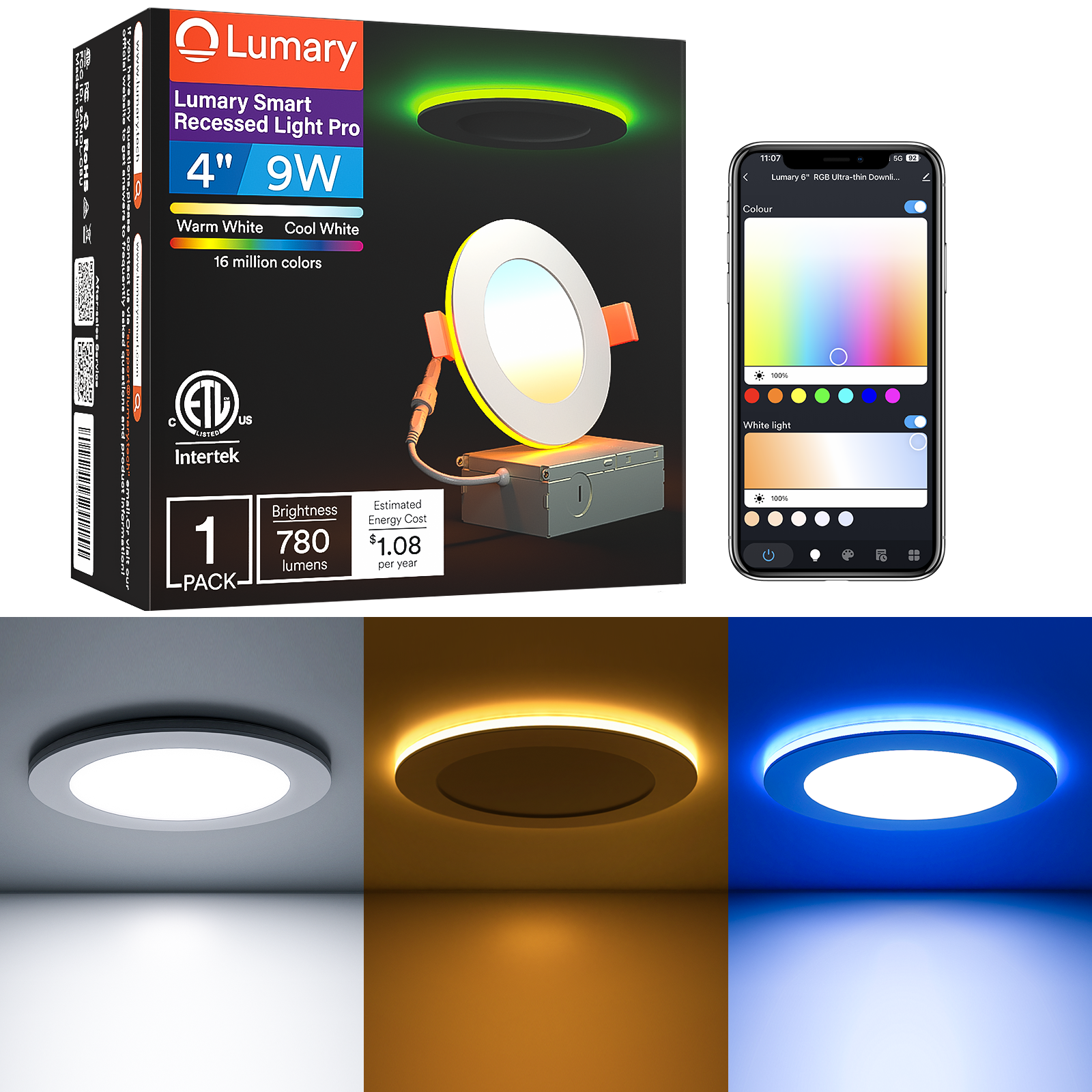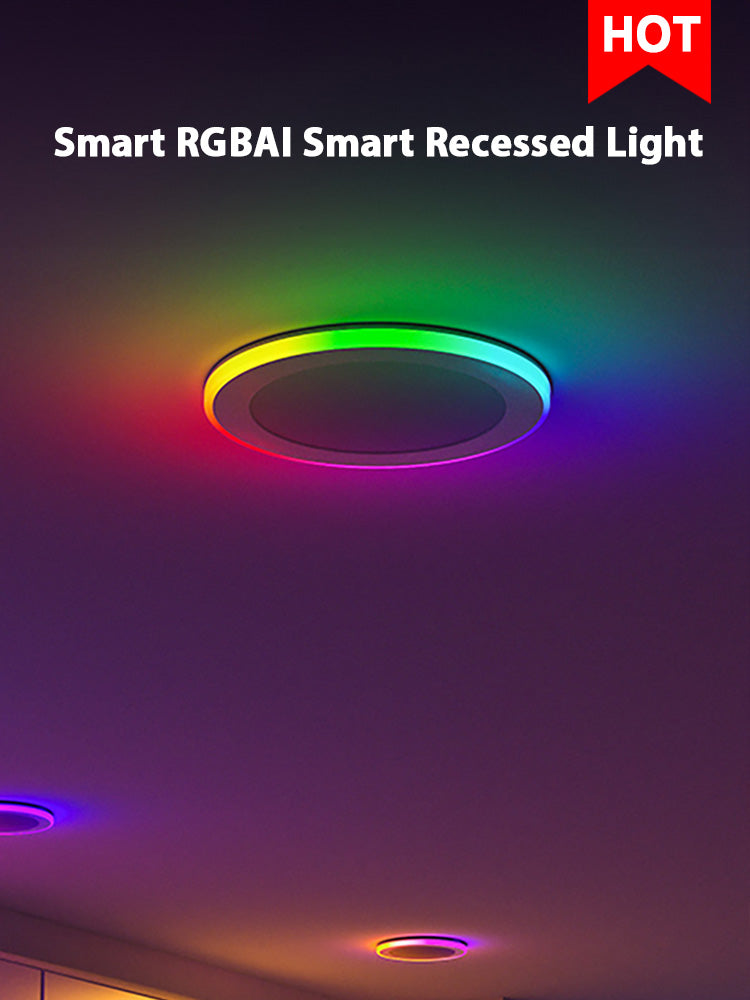Selecting the ideal LED strip lights is crucial for achieving the perfect ambiance in any space. This blog will delve into essential factors to consider when making this decision. From understanding brightness levels to exploring color temperature options, readers will gain valuable insights. Practical tips and real-life examples will guide you through the process, ensuring you make an informed choice that suits your specific needs.

Brightness and Color Temperature
When considering LED strip lights, understanding brightness levels and color temperature is essential for creating the desired atmosphere in any space.
Understanding Brightness
To comprehend the illumination provided by LED strip lights, individuals should first grasp the significance of lumens. Lumens measure the total amount of visible light emitted by a source, indicating the brightness level that the LED strip lights will offer. When evaluating different options, it's crucial to consider this metric to ensure optimal lighting conditions.
Lumens and their significance
-
Lumens indicate the brightness intensity of LED strip lights
-
Essential for determining suitable illumination levels
How to measure brightness
-
Utilize lumens as a measurement unit
-
Follow manufacturer guidelines for accurate assessment
Color Temperature
When selecting LED strip lights, one must also contemplate color temperature variations to achieve the desired lighting effect.
Warm vs. cool light
-
Warm light creates a cozy ambiance
-
Cool light offers a more refreshing feel
Choosing the right color temperature for different settings
-
For relaxing spaces, opt for warm tones.
-
Cool temperatures are ideal for task-oriented areas.
Length and Flexibility
Measuring the Required Length
To determine the appropriate length of LED strip lights for your space, start by calculating the dimensions needed to achieve optimal illumination. Consider the area where you intend to install the lights and measure it accurately to avoid any shortages or excesses.
Calculating the length needed for your space
-
Begin by measuring the length of the surface where you plan to mount the LED strip lights.
-
Factor in any corners or turns that may require additional lighting coverage.
-
Calculate the total length required by summing up all individual measurements.
Common lengths available
-
LED strip lights are commonly available in standard lengths such as 1m, 2m, and 5m.
-
Longer options like 10m or custom lengths are also available for larger installations.
Flexibility and Cutability
When selecting LED strip lights, considering their flexibility is crucial for seamless installation and customization according to your space's requirements.
Importance of flexibility in installation
-
Flexible LED strip lights can adapt to various surfaces and shapes, allowing for versatile applications.
-
Ensure that the chosen lights can bend and curve easily without compromising functionality.
How to cut and connect LED strips
-
To customize LED strip lights to fit specific areas, follow manufacturer guidelines on cutting points.
-
Use appropriate connectors to join cut sections seamlessly for a continuous lighting effect.
Power Supply and Voltage
When it comes to LED strip lights, ensuring the proper power supply and voltage are crucial for optimal performance and longevity.
Matching Power Supply
Selecting the right power supply is essential to guarantee that your LED strip lights function efficiently. There are various types of power supplies available in the market, each designed for specific applications.
Types of power supplies
-
Magnetic transformers: Ideal for low-voltage applications.
-
Electronic transformers: Suitable for dimmable LED strips.
-
Switching power supplies: Efficient and versatile for different setups.
How to choose the right power supply
-
Calculate the total wattage required by summing up the wattage of all connected LED strips.
-
Ensure the power supply's output voltage matches the requirements of your LED strip lights.
-
Consider factors like efficiency, reliability, and safety certifications when making a selection.
Voltage Considerations
Understanding the voltage specifications of LED strip lights is essential to prevent damage and ensure consistent performance.
Common voltages for LED strips
-
12V LED strips: Commonly used for residential lighting applications.
-
24V LED strips: Ideal for longer runs and commercial installations.
Ensuring compatibility with your power source
-
Verify that the voltage output of your power source matches that required by the LED strip lights.
-
Check for any additional voltage drop over long distances to maintain uniform brightness levels throughout the installation.
Installation and Mounting Options
Adhesive Backing
Evaluating the advantages and drawbacks of adhesive backing can significantly impact the installation process of LED strip lights.
-
Enhances ease of installation by eliminating the need for additional mounting hardware.
-
Ensures a secure attachment to various surfaces, promoting stability and longevity.
Tips for proper installation:
-
Clean the surface thoroughly before applying the adhesive to guarantee a strong bond.
-
Avoid bending or twisting the LED strips during installation to prevent damage.
-
Test the adhesion in a discrete area before full application to ensure compatibility with the surface material.
Mounting Clips and Channels
Leveraging mounting clips offers unique benefits that enhance the functionality and aesthetics of LED strip light installations.
-
Facilitates easy removal and repositioning of LED strips for adjustments or maintenance.
-
Provides a sleek and organized appearance by concealing wires and connectors effectively.
How to install LED strips with channels:
-
Select appropriate channels based on the width and design compatibility with your LED strips.
-
Securely attach mounting clips along the designated installation area at regular intervals.
-
Insert the LED strips into the channels, ensuring a snug fit for optimal performance and visual appeal.
Waterproofing and Durability
Waterproof Ratings
Understanding IP ratings
-
IP ratings classify the degree of protection provided by electronic devices against intrusion from foreign bodies like dust and moisture.
-
They consist of two numbers, where the first digit represents solid particle protection, and the second digit indicates liquid ingress resistance.
Choosing the right waterproof level for your needs
-
Consider the environment where the LED strip lights will be installed to determine the necessary IP rating.
-
For indoor applications with minimal exposure to moisture, a lower IP rating like IP20 may suffice.
-
Outdoor installations or areas prone to water splashes require higher IP ratings such as IP65 or above for enhanced durability.
Durability Factors
Materials and build quality
-
The longevity of LED strip lights heavily depends on the materials used in their construction.
-
High-quality components like copper conductors and robust protective coatings contribute to increased durability.
Ensuring longevity of your LED strips
-
Follow manufacturer guidelines for proper handling and installation to prevent damage.
-
Regular maintenance, such as cleaning dust accumulation, can prolong the lifespan of LED strip lights.
-
Avoid exposing the lights to extreme temperatures or humidity levels that could compromise their performance over time.
Control Options
Remote Controls and Apps
Types of remote controls available
-
Infrared remotes: Utilize line-of-sight communication for direct control over LED strip lights.
-
Radio frequency (RF) remotes: Offer broader coverage and do not require a clear line of sight for operation.
Using smartphone apps for control
-
Download compatible apps from the respective app stores to manage LED strip lights remotely.
-
Connect the LED strips to the designated app via Bluetooth or Wi-Fi for seamless control options.
Smart Home Integration
Compatibility with smart home systems
-
Ensure that your LED strip lights are compatible with popular smart home platforms like Amazon Alexa or Google Home.
-
Check for integration capabilities with existing smart devices to streamline control and automation processes.
Benefits of integrating LED strips with smart home devices
-
Enhance convenience by controlling lighting settings through voice commands or mobile apps.
-
Create custom schedules and scenes to automate lighting based on daily routines or preferences.
Recap the essential factors for selecting LED strip lights: brightness, color temperature, length, flexibility, power supply, voltage, installation options, waterproofing, durability, and control choices. Make informed decisions based on your specific needs and preferences to create the perfect lighting ambiance. Your space's atmosphere can be tailored to reflect your style and functionality requirements. Feel free to share your thoughts or inquire further about optimizing your lighting solutions.



